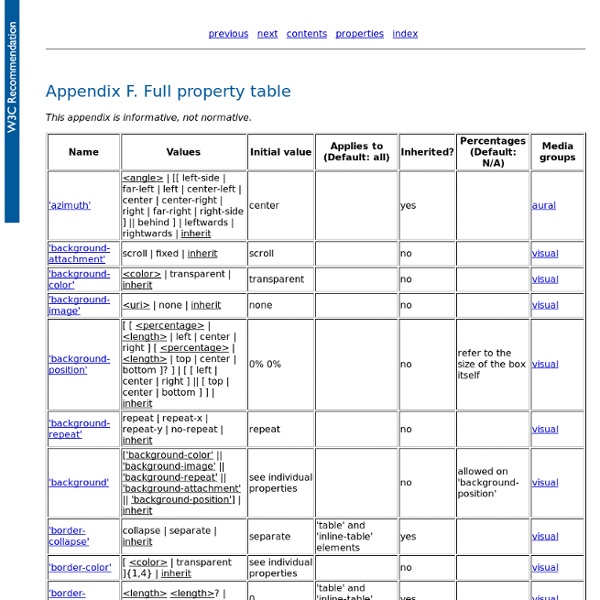



Simplifiez vos développements JavaScript avec jQuery Si vous avez déjà programmé en JavaScript, vous savez que ce langage est puissant, mais aussi « verbeux » et souvent assez complexe à mettre en œuvre. Si vous voulez accéder à toute la puissance de JavaScript en utilisant des instructions simples, logiques, faciles à comprendre et à maintenir, jQuery est vraiment fait pour vous ! Avec ce cours, je vous propose de découvrir les multiples facettes du framework jQuery. De la sélection d'éléments à la manipulation du DOM, en passant par l'animation, les requêtes AJAX, l'utilisation et la création de plugins, la création de jeux et bien d'autres choses encore ! N'ayez crainte, votre apprentissage se fera en douceur et de très nombreux exemples de code documentés viendront consolider vos connaissances. Au fil des pages, votre approche deviendra de plus en plus naturelle et les nouveaux chapitres ne feront qu'apporter une pierre de plus à l'édifice, sans en ébranler les fondations.
HTML Tags/All HTML Tags - TAG index HTML Tags HTML Codes and Examples www.tagindex.net < Home / HTML Tags / All HTML Tags All HTML Tags Categories HTML Tags HTML Tags Other Attributes < Home W3Schools Online Web Tutorials Simplifiez-vous la vie avec LESS Le CSS est un langage déclaratif simple : la plupart du temps, on applique une valeur à une propriété. Mais de nos jours, avec le développement des attributs propriétaires (vous savez, les fameux -moz-*, -webkit-* et autres), le code se trouve dupliqué en de nombreux endroits. En voici un exemple typique : 1#foo { 2 -moz-border-radius: 10px; 3 -webkit-border-radius: 10px; 4 border-radius: 10px; De même, il est impossible d’imbriquer des sélecteurs en CSS : 2#foo { 3 bar { 4 color: #150; 6 baz::before { 7 content: '['; 9 baz::after { 10 content: ']'; 15#foo bar{ 16 color: #150; 18#foo baz::before { 19 content: '['; 21#foo baz::after { 22 content: ']'; Enfin, imaginons le cas où il vous faudrait définir une palette de couleurs pour votre site. Des gens intelligents se sont donc penchés sur la question, et en ont retiré l’observation suivante : « Nous devrions créer un langage dynamique capable de générer des feuilles de style que les navigateurs pourraient comprendre. » Ainsi naquit LESS.
HTML Tutorial Web Design Trends in 2012 It’s that time of year again, where we look into our crystal ball to see what will be the hot trends in web design for the upcoming year. It’s no secret that trends come and go, with some hanging around longer than they should. (Yes, splash page, I’m talking about you.) But trends are a necessity in the development and growth of our craft. Trends are born, improved upon, and often spawn other trends. As you read this article, keep in mind that the shift in trends from one year to the next may be subtle, and you will probably recognize some of these trends already. 1. I believe eventually, we’ll all stop talking about responsive web design – not because it will go away, but because it will become what’s expected. The continued introduction and adoption of more an more mobile devices is what will make 2012 the year of the responsive web site. 2. We have all run into this technique at some point, mostly on personal websites or individual blogs. 3. 4. 5. 6. jQuery/CSS3/HTML5 Animation 7.
HTML (HyperText Markup Language) HTML (HyperText Markup Language) is the most basic building block of the Web. It defines the meaning and structure of web content. Other technologies besides HTML are generally used to describe a web page's appearance/presentation (CSS) or functionality/behavior (JavaScript). "Hypertext" refers to links that connect web pages to one another, either within a single website or between websites. Links are a fundamental aspect of the Web. By uploading content to the Internet and linking it to pages created by other people, you become an active participant in the World Wide Web. HTML uses "markup" to annotate text, images, and other content for display in a Web browser. An HTML element is set off from other text in a document by "tags", which consist of the element name surrounded by "<" and ">". The articles below can help you learn more about HTML.
HTML reference - HTML (HyperText Markup Language) This HTML reference describes all elements and attributes of HTML, including global attributes that apply to all elements. HTML element reference This page lists all the HTML elements. HTML attribute reference Elements in HTML have attributes; these are additional values that configure the elements or adjust their behavior in various ways to meet the criteria the users want. Global attributes Global attributes may be specified on all HTML elements, even those not specified in the standard. Link types In HTML, the following link types indicate the relationship between two documents, in which one links to the other using an <a>, <area>, or <link> element. View all pages tagged "HTML"... Join the Web layout community Document Tags and Contributors